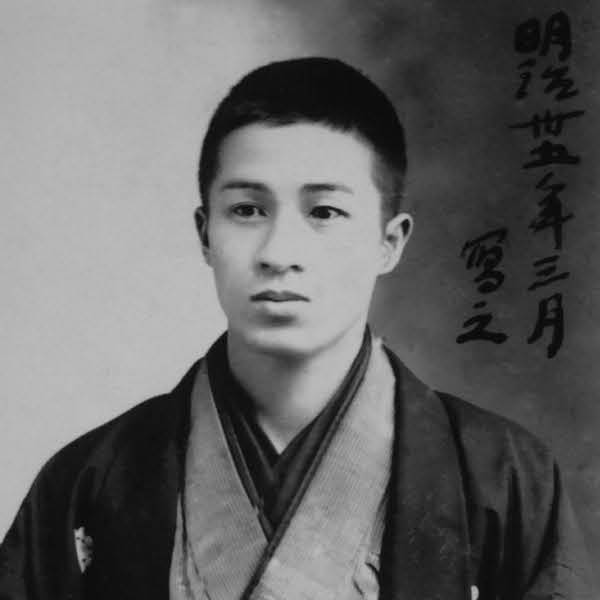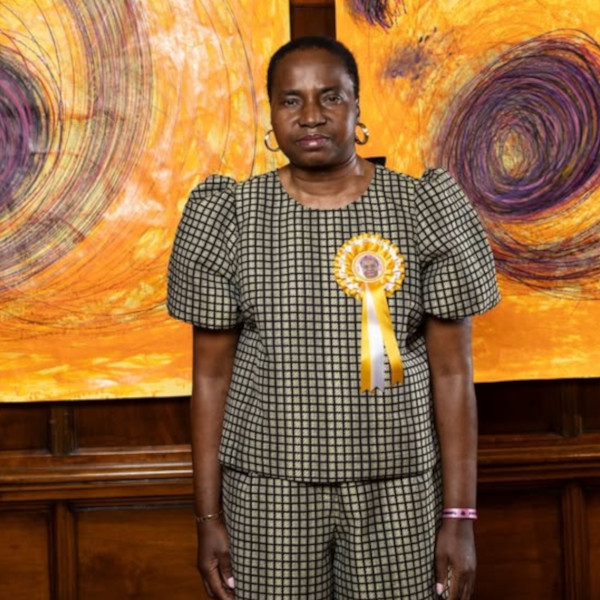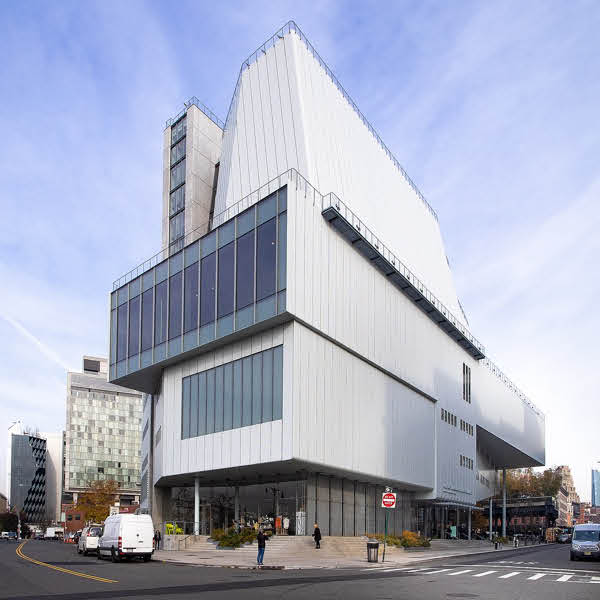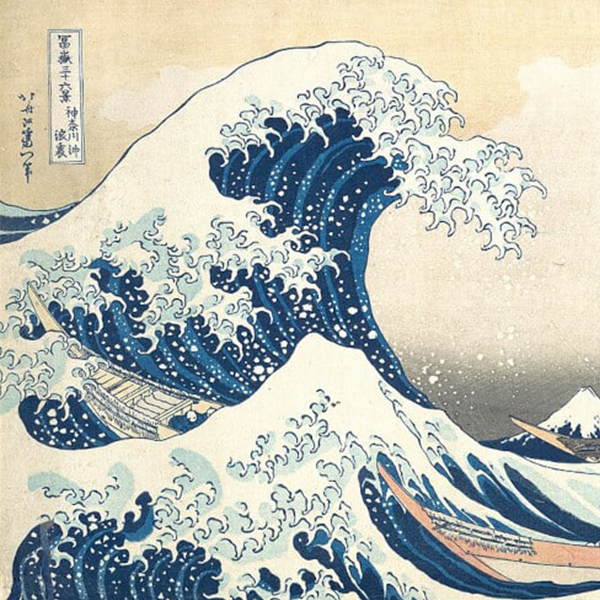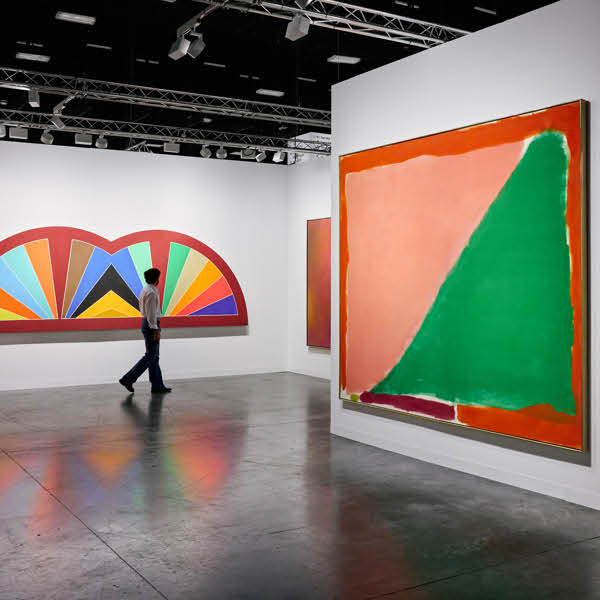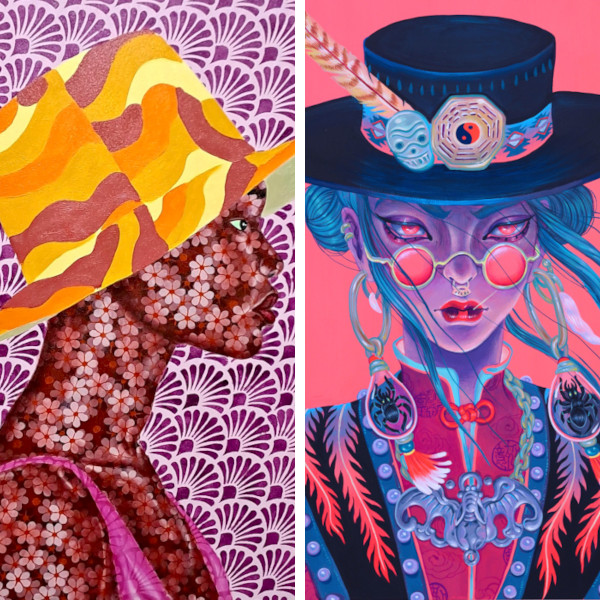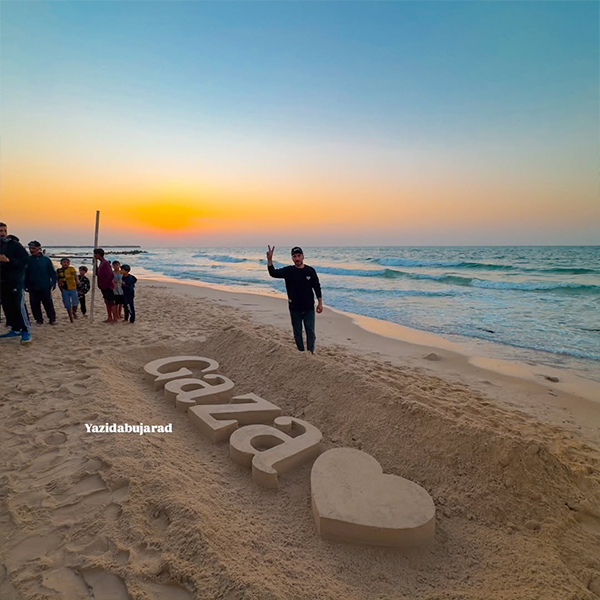View this post on Instagram
With a career spanning six decades, the late Chilean artist Claudio Bravo (1936 – 2011) is considered one of the greatest realist painters of his time. He created around 500 artworks during his life that included paintings, drawings, and sculptures. And with a wide array of influences from art history—including the Renaissance, Baroque period, and Salvador Dalí—his distinct style allowed him to stand out among his contemporaries.
Bravo is perhaps best-known for his hyperrealistic depictions of paper packaging. Inspired by Rothko’s paintings that employ fields of color, he depicted paper as abstracted blocks of color while still emphasizing the material's tactile qualities. Through his use of trompe l'oeil (a technique meaning “to deceive the eye”), Bravo created the illusion of photo-like, three-dimensionality in his paintings.
Read on to learn about Bravo’s life and works.
Claudio Bravo’s Early Life
View this post on Instagram
Born on November 8, 1936, in Valparaíso, Chile, Claudio Nelson Bravo Camus was the eldest son in a family of seven children. His father, Tomás Bravo Santibáñez, was a wealthy landowner who had three ranches. Bravo was expected to follow in his father's footsteps as the main carer of his family's land and the cattle raised on it. However, the young man was completely disinterested in this path and chose to pursue art instead. He once said, “I always thought I had a great responsibility being the oldest male child. I wanted to get rid of it and become a painter. I refused to have anything to do with my family's business affairs.”
As a young boy, Bravo was formally educated in Jesuits schools in Santiago. Obsessed with drawing, he filled his notebooks with doodles. His passion paid off. In 1945, the Prefect of his elementary school discovered them and decided he had talent. He took Bravo to the studio of Miguel Venegas, and the boy began studying art. Naturally, Bravo’s father didn’t approve, and often warned him with harsh words, saying, “You’ll starve. You’ll be a flop, a bum.” In contrast, Bravo’s mother, Laura Camus Gómez (who was an amateur artist in her youth) fully supported her son’s artistic endeavors.
Bravo studied under Venegas for three years, which was the only formal instruction the artist ever received during his lifetime. Impressively, he had his first exhibition in 1954 at the age of 17 at the prestigious Salón 13 in Valparaíso, where he sold every piece of work. During this time, Bravo discovered his love for European art, and many of his early works were influenced by Pablo Picasso, especially his Blue Period. Around the same time, Bravo also discovered the work of surrealist artist Salvador Dalí, who became a huge influence in his later pieces.
Bravo claims that he was never inspired by Latin American painters or his own cultural background. “I am only South American because of my passport.” he once said. “My art has nothing to do with my heritage. I am very connected to ancient art, to Renaissance art. Even when I do a painting of a contemporary scene, as in my New York pictures, its roots are in Italian art of the 15th century.”
Along with painting, the young artist also dabbled in writing poetry, professional dancing, and acting for the Teatro de Ensayo of the Catholic University. However, he soon decided to dedicate all of his time to his art. He moved to Concepción, a city several hundred miles south of Santiago. He lived there for four years, where he became a prolific portrait painter.
From Portraits to Paper Packages
View this post on Instagram
Feeling dissatisfied by his surroundings in Concepción, Bravo moved to Spain in 1961. There, he continued to paint portraits; some of his subjects were part of the country’s elite, including the daughter of General Francisco Franco. He was invited in 1968 to visit the Philippines to paint President Marcos and his wife, Imelda Marcos. Bravo spent six months traveling the country while painting portraits there.
Although prolific and talented at capturing likenesses, portrait painting began to lose its cachet for the artist. When talking about his process, Bravo said, “I learned a certain formula for doing portraits that allowed me to do them very quickly. I'd paint two or three a week, with a facility that I have long ago lost.” He adds, “I did them in pastel, oil, and other media, but I began to get really bored.”
This boredom sparked a shift in Bravo’s focus, and he began painting paper packages and bags in a hyperrealistic style. These trompe-l’oeil paintings brought him fame and allowed him freedom from portrait painting.
View this post on Instagram
The inspiration to paint these everyday items happened organically. “Three of my sisters had come to stay with me from Chile.” recalled Bravo. “One day one of them came home with a number of packages and placed them on the table. I was fascinated by their forms and I painted them.” Bravo went on to study wrapped packages and many other mundane objects, including aluminum cans and even motorbike helmets.
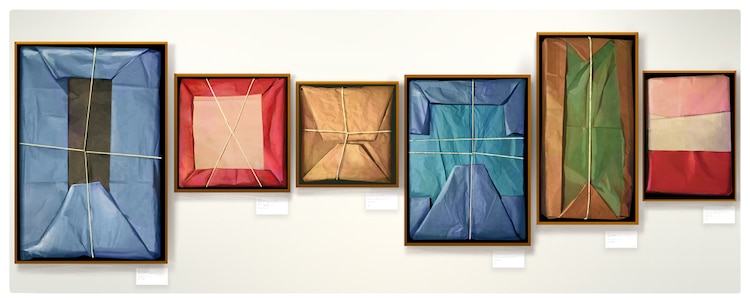
“Claudio Bravo Camus' 83rd Birthday Google Doodle by Shanti Rittgers. (Photo: Google)
The package works were immensely successful for Bravo. In 2004, Sotheby’s sold his 1967 painting titled White Package for more than $1 million. Google even paid homage to Bravo on his 83rd birthday with a Doodle inspired by these paintings. “I found it most intriguing that for a period of time, he chose to capture the forms of humble, mysterious packages,” Shanti Rittgers, the creator of the Doodle says. “He found beauty and landscapes within the geometry of crinkled paper, and it seemed like a meditative process, so as an artist I wanted to explore and see if I could capture the spirit of his interest in a Doodle.”
Claudio Bravo’s Final Years
View this post on Instagram
By 1972, Bravo had long left Spain and was living in New York. But that year, he decided to pack up and start a new life in Morocco. He ultimately landed in Tangier. “Places like Fez or Marrakesh are too hot in summer and too cold in winter,” said the artist. “Tangier has an absolute Mediterranean light. I’ve always tried to capture Mediterranean light in my work.”
During this time, Bravo’s paintings evoked the vibrancy and mystery of Tangier and its people. Islamic women, however, refused to pose for him, so he often only painted male subjects.
In 2000, the artist established his winter residence in Marrakesh and began dividing his time between the capital of Morocco and his residence of Tangier. He lived in the country up until his death on June 4, 2011.
Enjoy More of Bravo's Hyperrealistic Paintings:
View this post on Instagram
View this post on Instagram
View this post on Instagram
View this post on Instagram
View this post on Instagram
Claudio Bravo: Website | Facebook | Instagram | Twitter | Pinterest | Tumblr
All images via Claudio Bravo.
Related Articles:
8 Renaissance Artists Whose Work Transformed the Art World
The Evolution of Picasso’s Painting Style and What Each Artistic Choice Represents
The Evolution of Hyperrealism: From Religious Paintings to Simulated Reality











































































